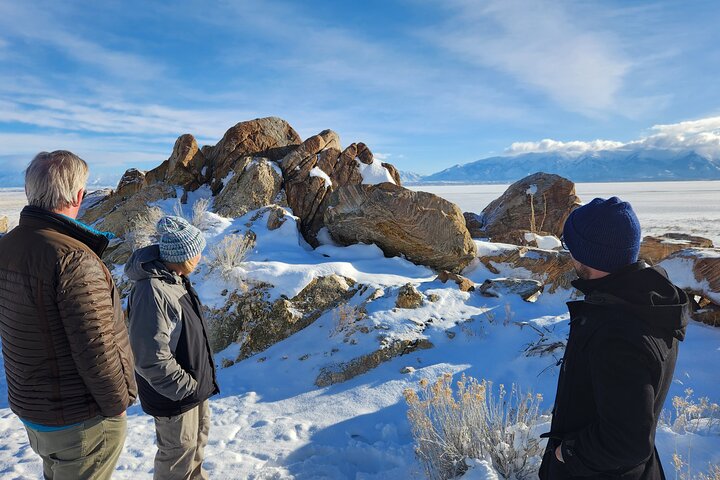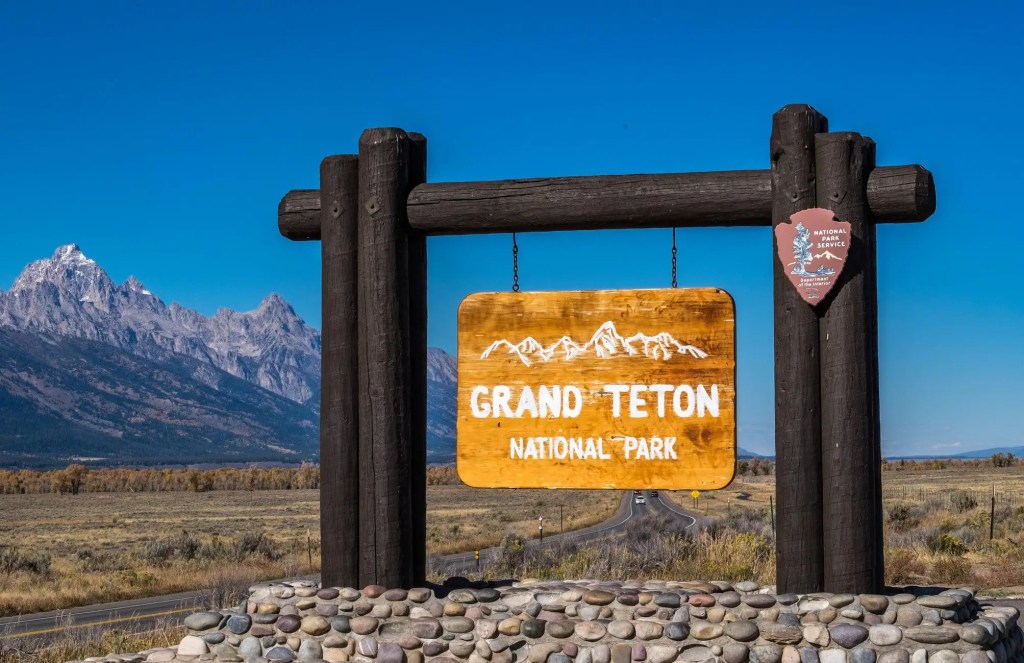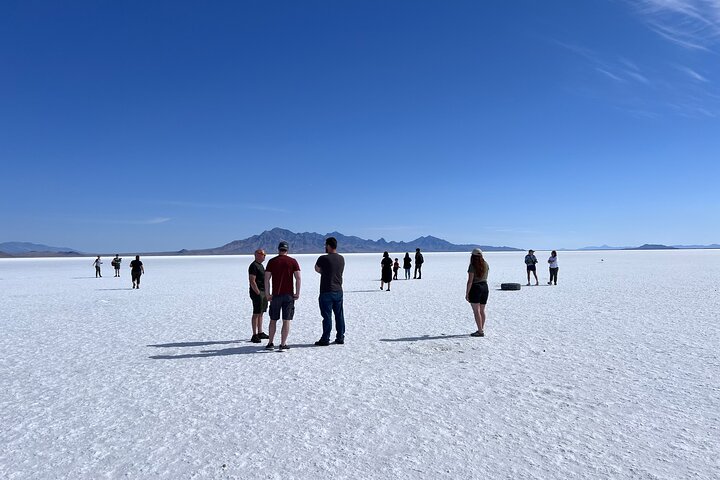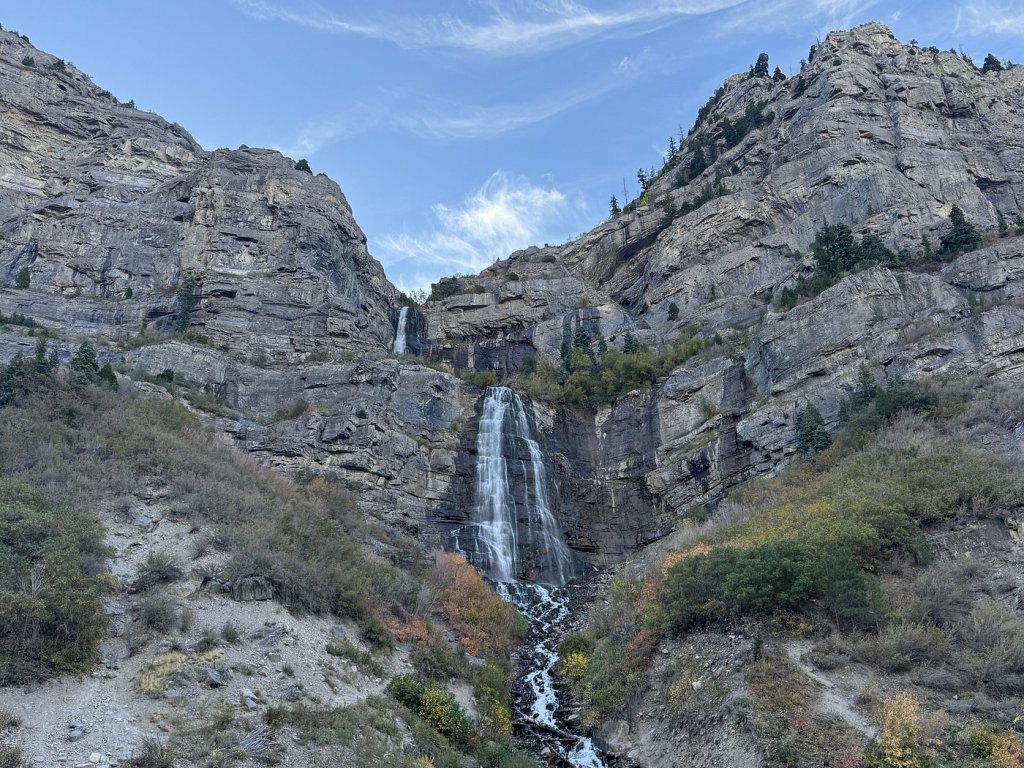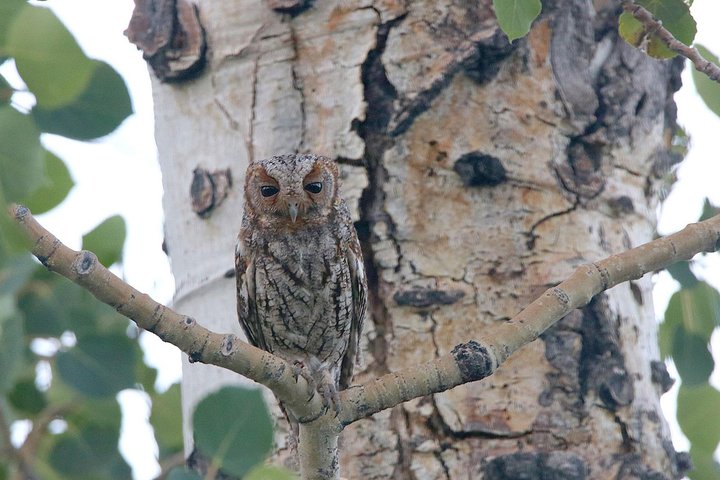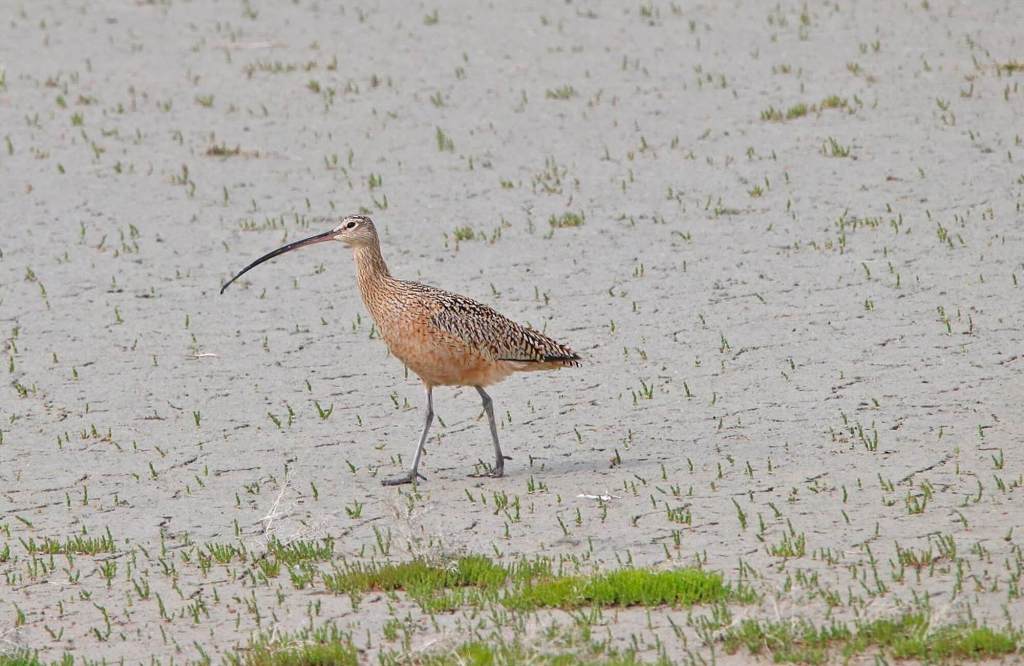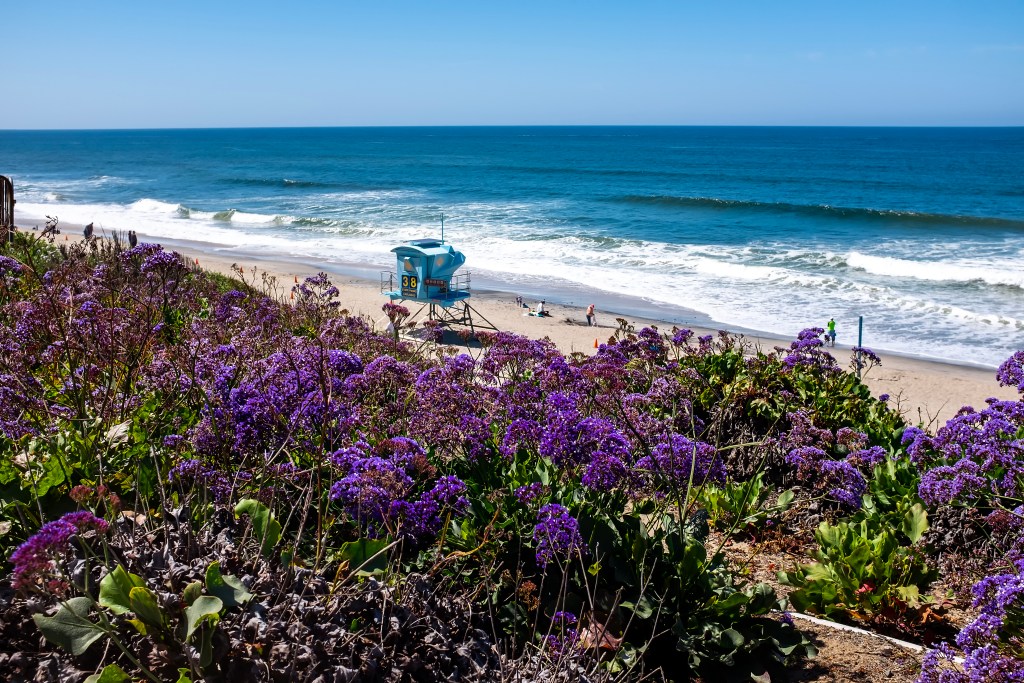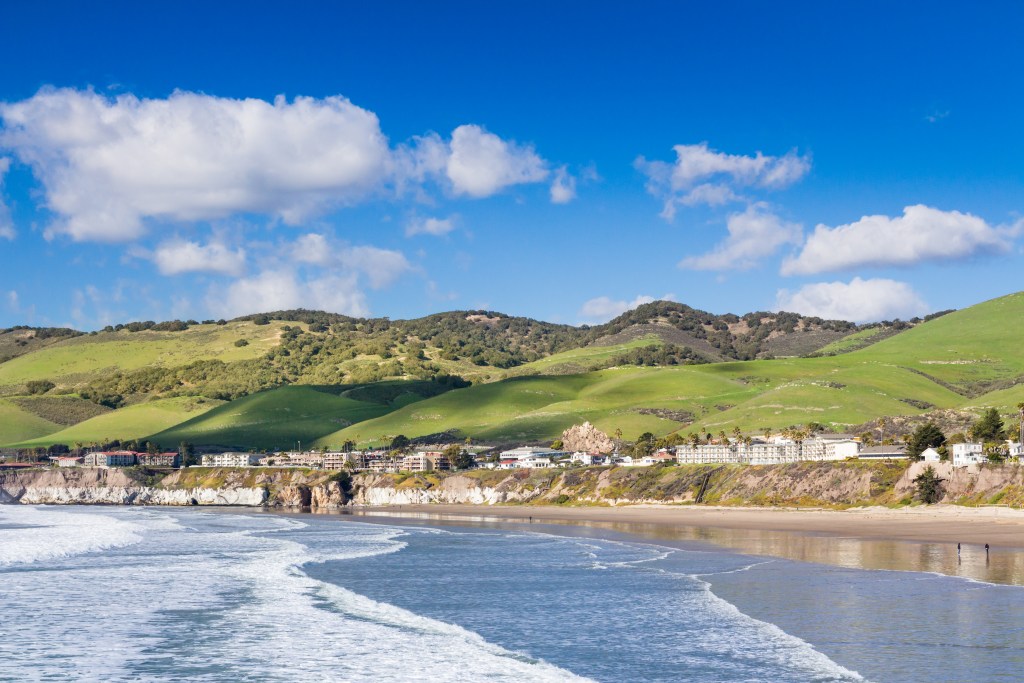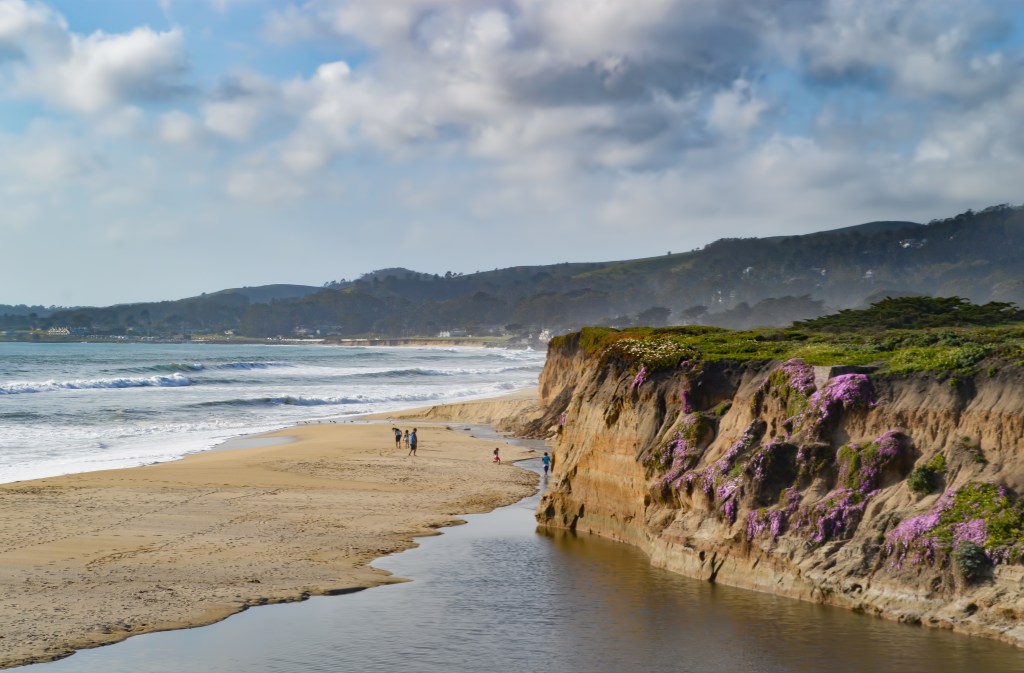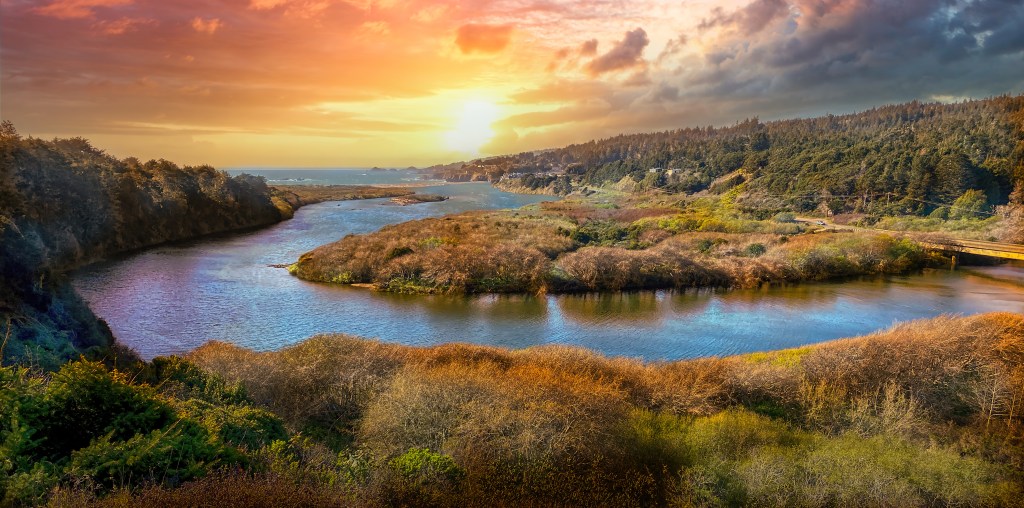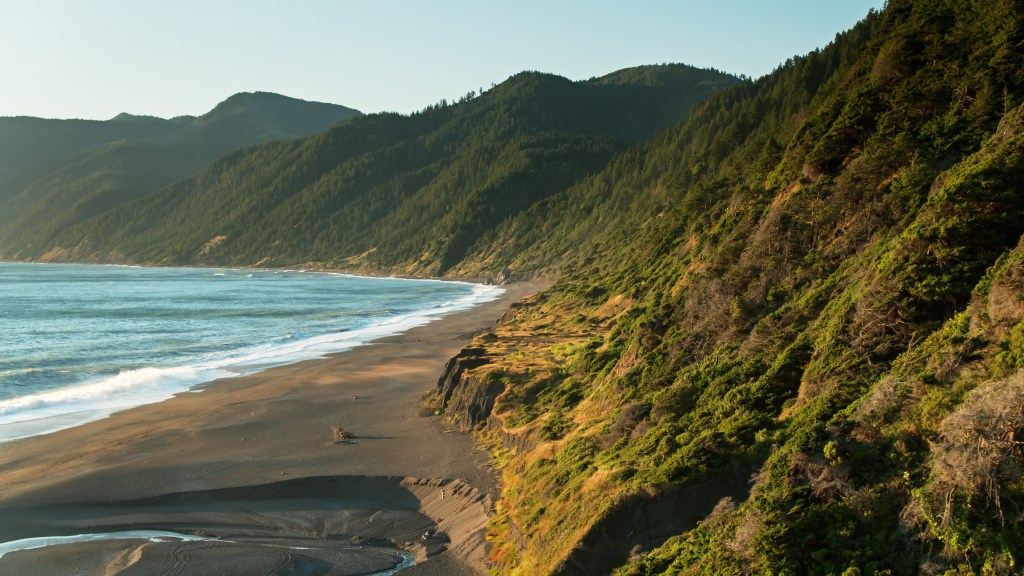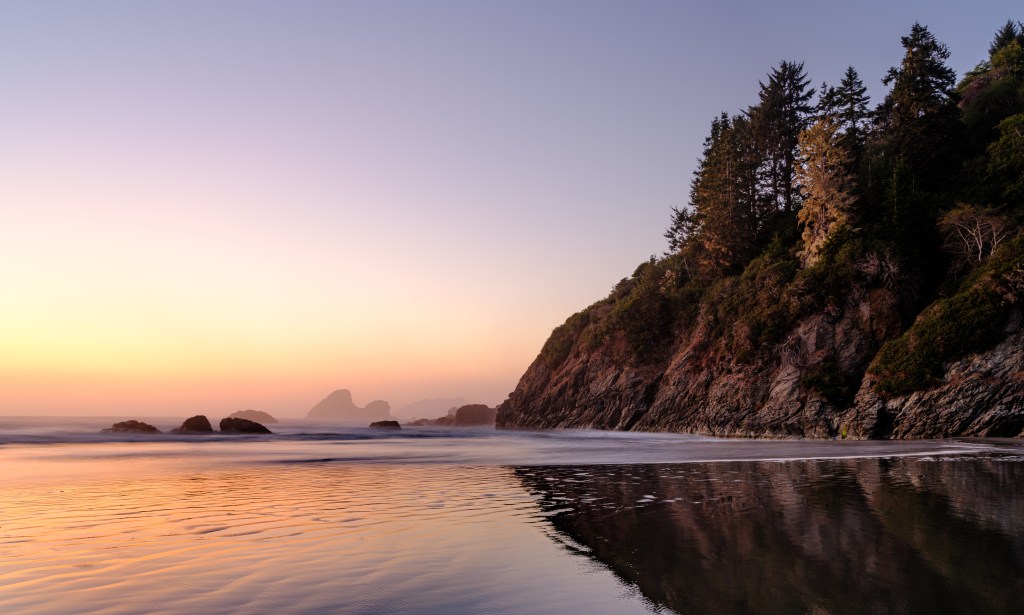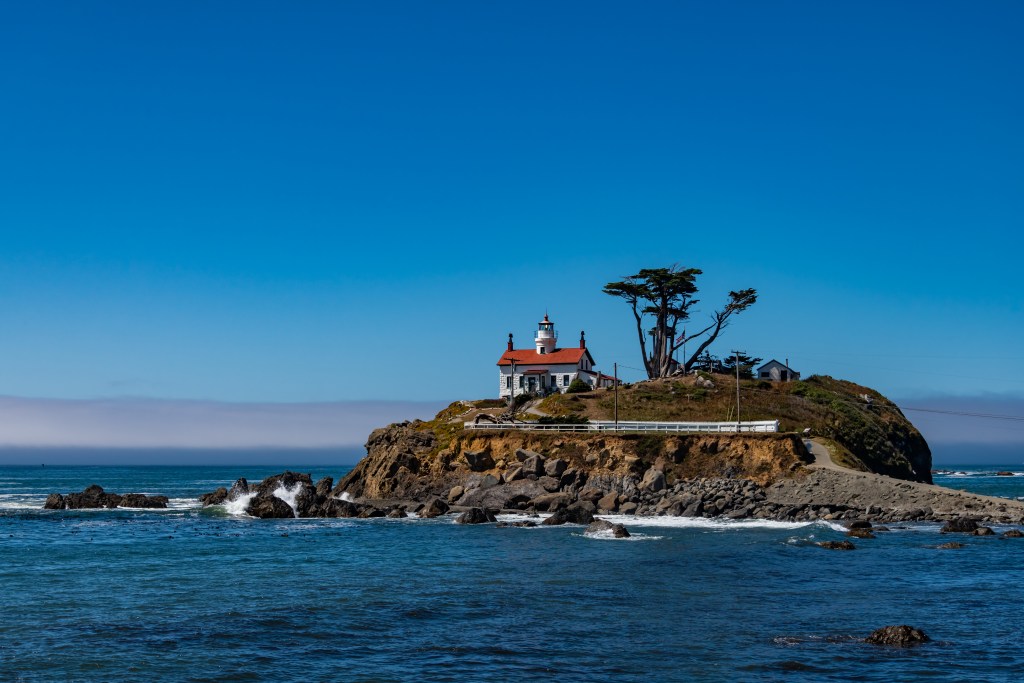Get your hat, your satchel, and your bullwhip out—it’s time to head out on an Indiana Jones-style adventure.
No, we’re not going to the famous Ciudad Perdida in South America. No, we’re not heading to a stone-hewn temple in India. No, we aren’t delving into Europe’s oldest archaeological sites.
We’re heading across the Atlantic to the British Isles.
And we’re on the hunt for druid ruins.
While the British Isles are a hotspot for history buffs, the most famous sites in Ireland and Great Britain date to the Middle Ages, the Renaissance, and the 20th century, during World Wars I and II. In reality, some sites in the British Isles date back to the Mesolithic era around 8,000 years ago.
That’s about the time when ancient Celtic peoples would have been crisscrossing the islands—and they would have been relying on priestly druids for things like political advice, spiritual guidance, medical aid, and the fine art of storytelling.
And while we know little about the druid class thanks to the fact that they left no written word behind, we do have proof of their existence.
First, we have the oldest-known description of druids, which came from Julius Caesar himself. The descriptions were part of the Gallic Wars, a written record of his nine-year campaign against the Celts and Germanic tribes around Europe. (You can read a translation from the University of Chicago, if you want.)
Second, we have the druid sites in Ireland and the UK that can be analyzed, dated, and otherwise studied. They offer a narrow glimpse into the past. And while you’ve likely already heard of (and maybe visited) popular sites like Stonehenge, Newgrange, and the Hill of Tara, they’re just the tip of the iceberg.
While we can’t be sure the precise purpose of the archaeological sites listed below, it’s likely that they were built with the purview and guidance of the powerful druid class.
Just a note: Druids aren’t a thing of the past; some modern pagans have taken up the role, and some modern practitioners still visit the druid ruins mentioned here. If you visit one of these sites, you might notice that they aren’t solely the domain of history buffs and archaeologists. As you would with any religious site, be respectful and mindful of believers.
Druid sites in Ireland and the UK
- Avebury
- Anglesey, Holy Isle and Bryn Celli Ddu
- Wistman’s Woods
- Kilmartin Glen
- Calanais Standing Stones
- Dromberg
- Knowth & Dowth
- Loughcrew
- Grianan Ailigh
- Beaghmore Stones
Druid ruins in the UK
Avebury (England)
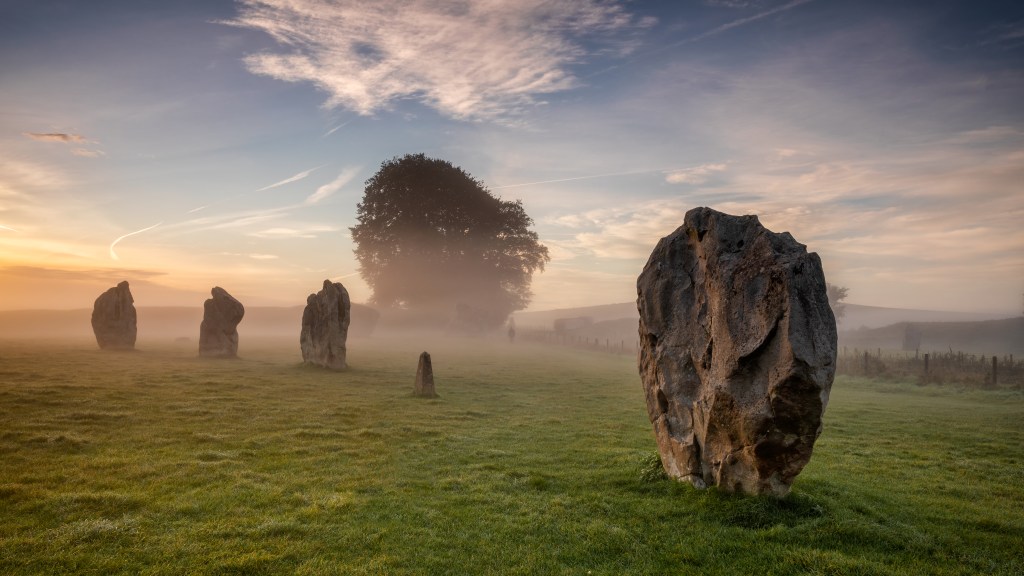
The largest megalithic stone circle in the world is in Avebury, which dates back to the third millennium BCE. In reality, there are three stone circles for you to explore around Avebury. The first is a large henge, meaning it has a bank around it, then two smaller circles located inside the largest. What rituals and ceremonies were they used for? And why was it abandoned before the Roman Period?
Pro tip: If you enjoy your time in Avebury, head south to visit the West Kennet Long Barrow, an underground chamber. It’s one of around thirty barrows that dot the Wiltshire landscape. Some estimates date them all the way back to 3,700 BCE.
Anglesey (Wales)
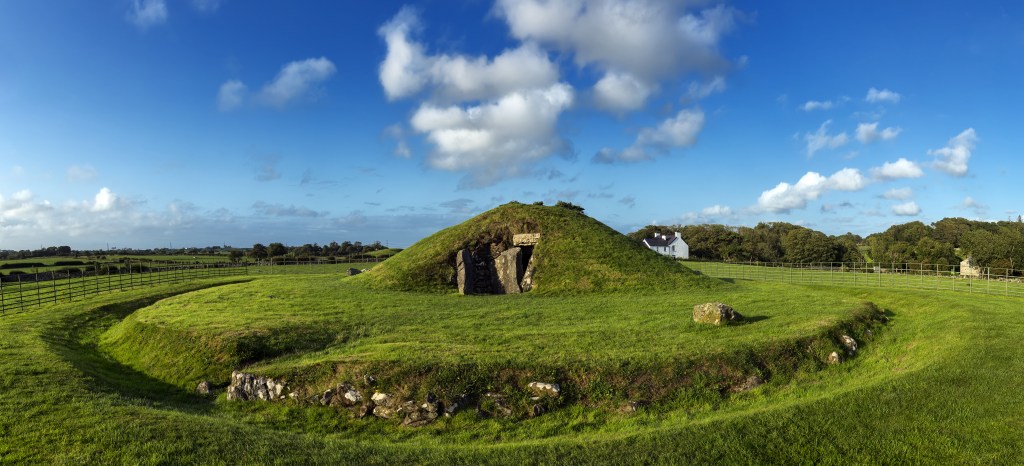
Anglesey is known for its ancient sites and stones. If you’re dedicated enough to head to Anglesey, you should have it in you to visit the nearby Holy Isle, aka Ynys Gybi in Welsh. There, you can explore standing stones, ancient burial chambers, and replicas of wooden long houses.
There’s also Bryn Celli Ddu (also in Welsh), which is located just off the mainland. It’s the most famous burial chamber on the island, which includes plenty of standing megaliths and an inner chamber where the sun’s light narrowly enters during the summer solstice.
Wistman’s Woods (England)
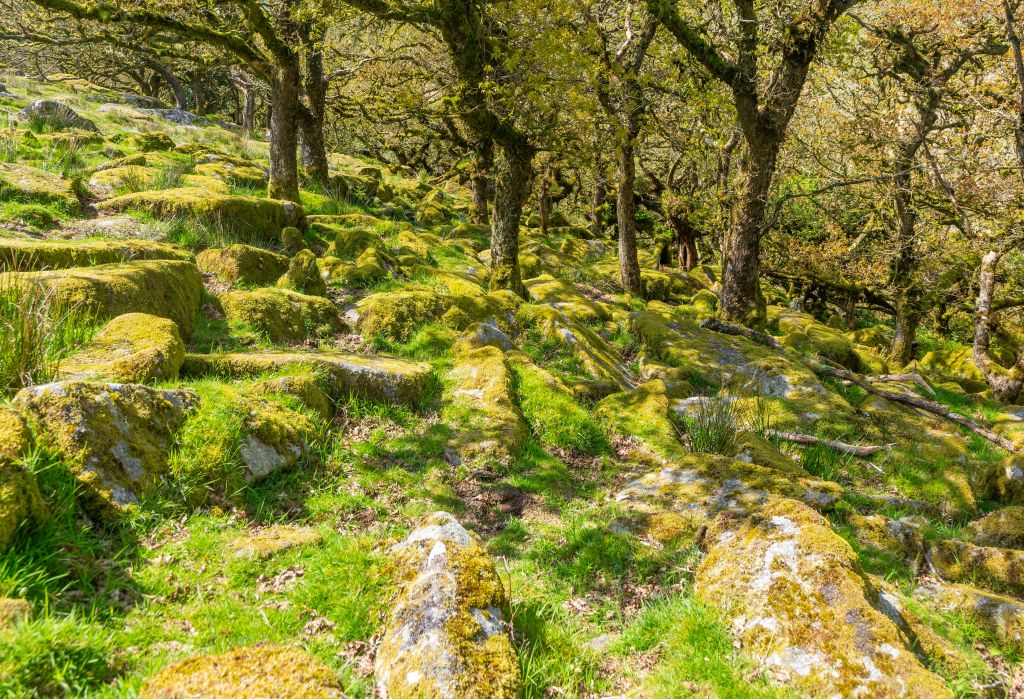
A rainforest… in England? Welcome to Wistman’s Woods—a place where oaks grow tall and wide and are layered with bright green horsehair lichen. That alone should get your attention—but I’d like to point out that archaeologists and anthropologists think this could have been a hub for druids because of its oak trees. Druids have long been associated with oak groves, which would have made Wistman’s Woods a poular hangout.
Kilmartin Glen (Scotland)
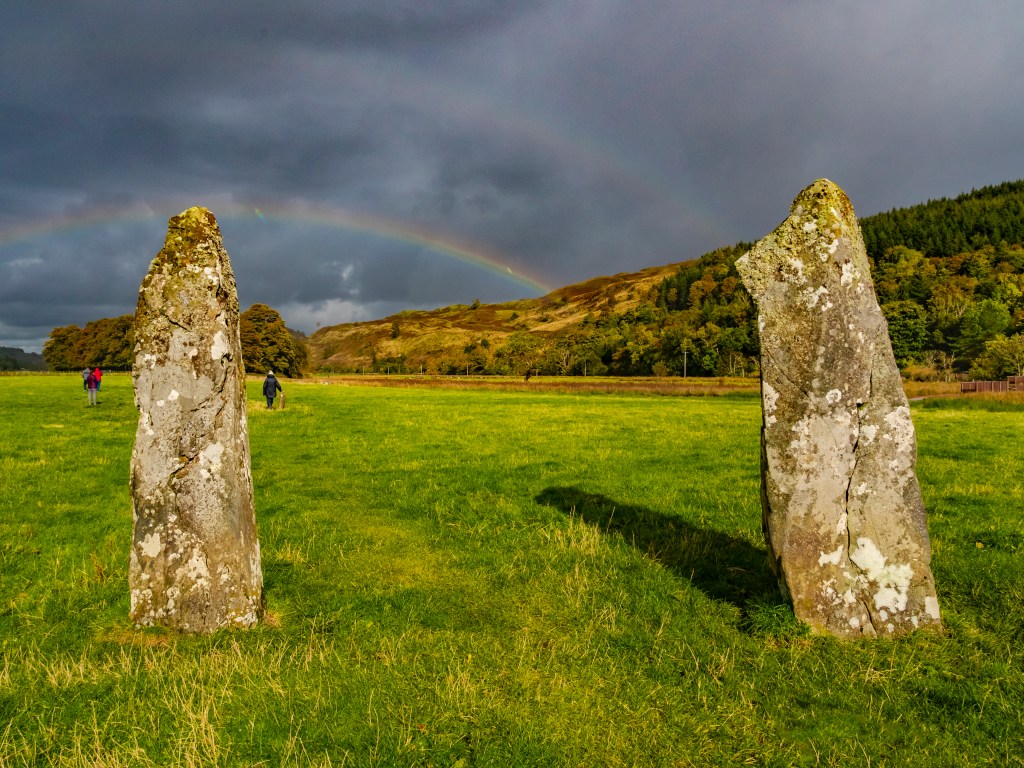
This grand monument includes a henge monument with standing stones, along with underground ‘cists’ or chambers. There are also five large ‘cairns’, which are pillars of carefully stacked rocks. Many are lined with circular ring marks that look like ‘whirls’, which are a popular ancient motif that druids might have carved onto the stones themselves. As an added bonus, there’s a great museum on the premises, which let you dive deep into the history.
Calanais Standing Stones (Scotland)
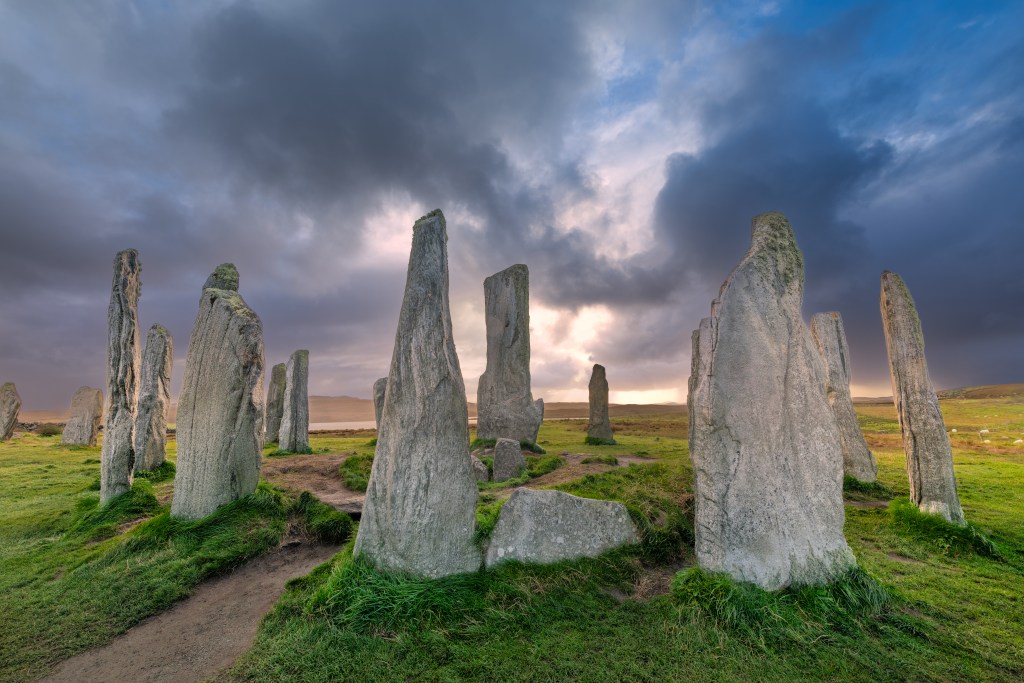
If Kilmartin Glen captures your attention, head further into the Scottish countryside to the Isle of Lewis. There, you’ll find a standing stone structure that’s arranged in a cross shape with one central stone. According to archaeological and anthropological studies, it’s believed that this area was of important religious significance for almost 1,500 years.
Druid sites in Ireland
Dromberg (Ireland)
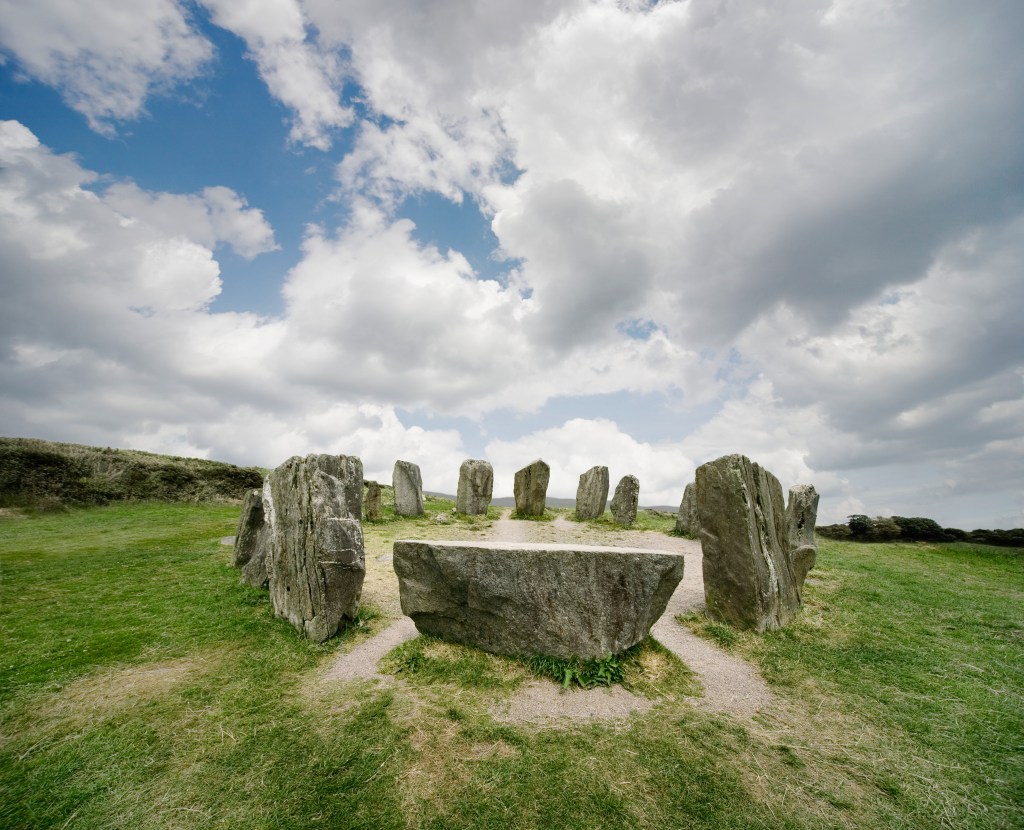
This small stone circle was recently excavated in the mid-1900s and has since become one of the most accessible druid ruins in Ireland. Like Kilmartin Glen, the stones were decorated with ring marks. Unlike many other druid sites around the British Isles, this henge was constructed to align with the setting sun during the winter solstice—not the summer solstice.
Knowth & Dowth (Ireland)
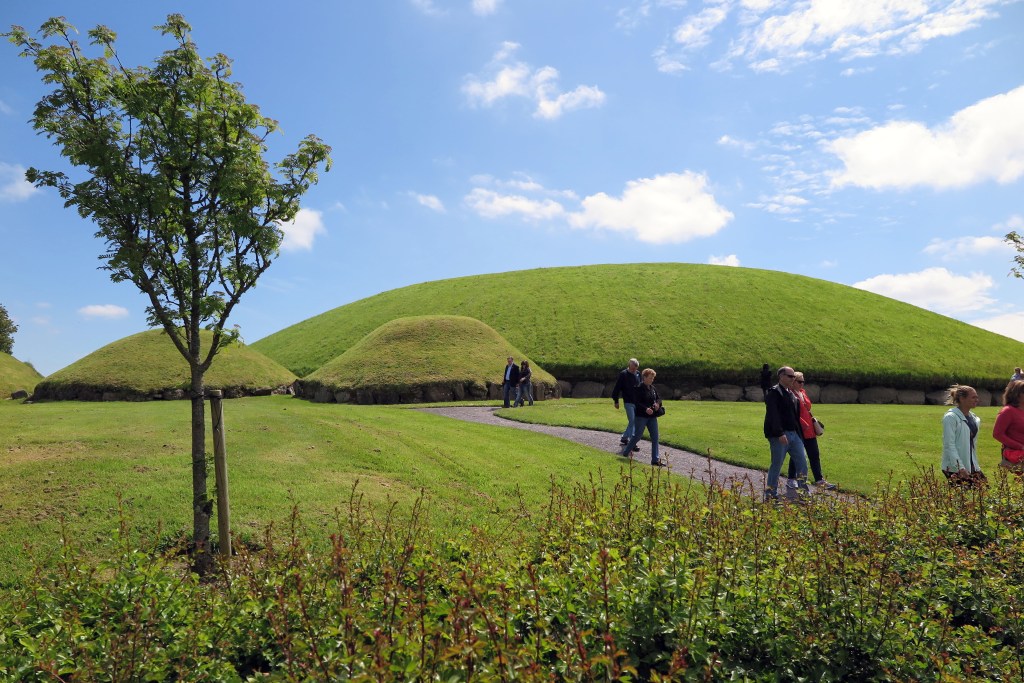
I’m clumping these two passage tombs together because they’re located near Newgrange in the overall Brú na Bóinne complex. While most tours clump these three burial chambers together, I’m pointing out Knowth and Dowth just in case they flew under the radar for you.
Knowth is a large passage tomb, aka a covered hill, with a whopping 17 smaller tombs around it. There’s plenty of megalithic art to enjoy inside—which might have been left by druids. Dowth, by contrast, hasn’t been excavated extensively; instead, it looks like a grassy hill, hiding ancient druid ruins within.
Loughcrew (Ireland)
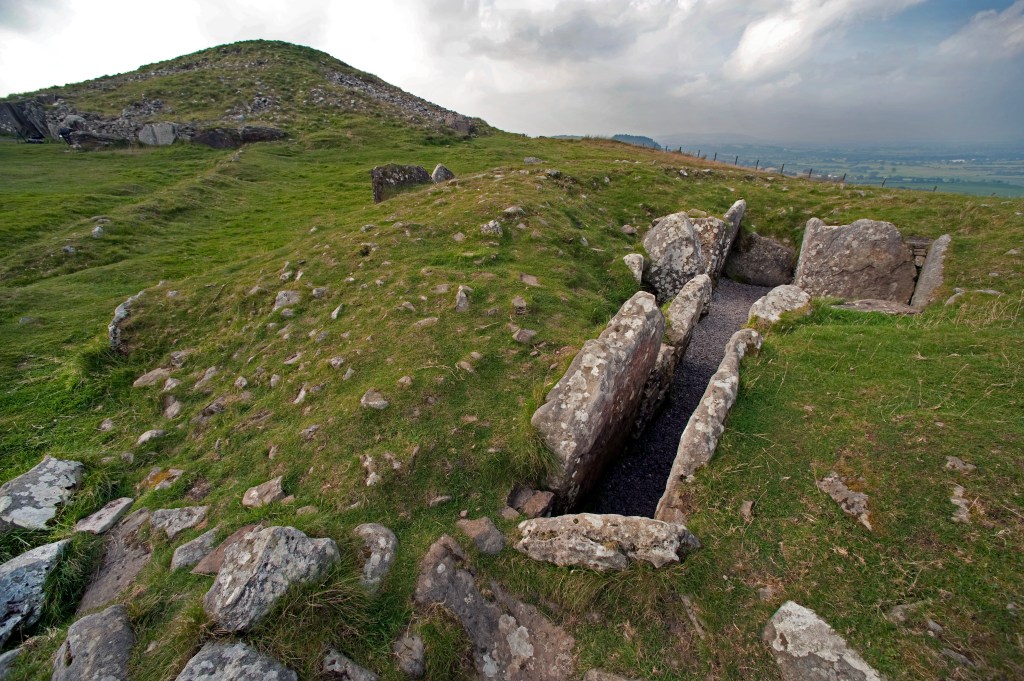
Explore ancient tombs at Loughcrew—usually without hordes of tourists around you. Along with Brú na Bóinne (mentioned above), Loughcrew is one of four megalithic, druid sites in Ireland. (If you want to check out the other two, they’re called Carrowmore and Carrowkeel.)
Loughcrew stands out for its megalithic art, along with its hills and tombs. Those tomb-riddled hills are known as the ‘mountain of Cailleach’, which refers to a divine hag character from Irish Mythology.
Grianan Ailigh (Ireland)
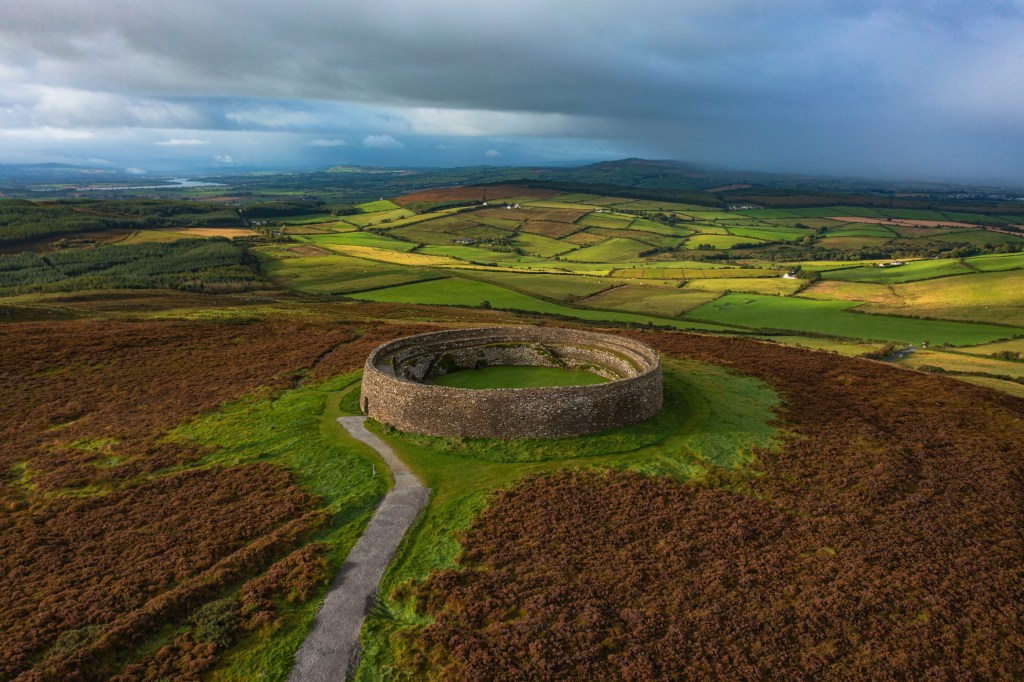
Also called An Grianán Fort, this ancient fort sits atop a hill, dating back to the 6th or 7th century BCE. That puts Grianan Ailigh’s construction directly in line with the final years that the Celtic druids would have had power and influence in the region.
In fact, this fort is believed to have served as an important meeting place for Celtic royalty. Shortly after it was built, the island was Christianized, meaning this might be one of the last druid sites in Ireland to be constructed.
Beaghmore Stones (Ireland)
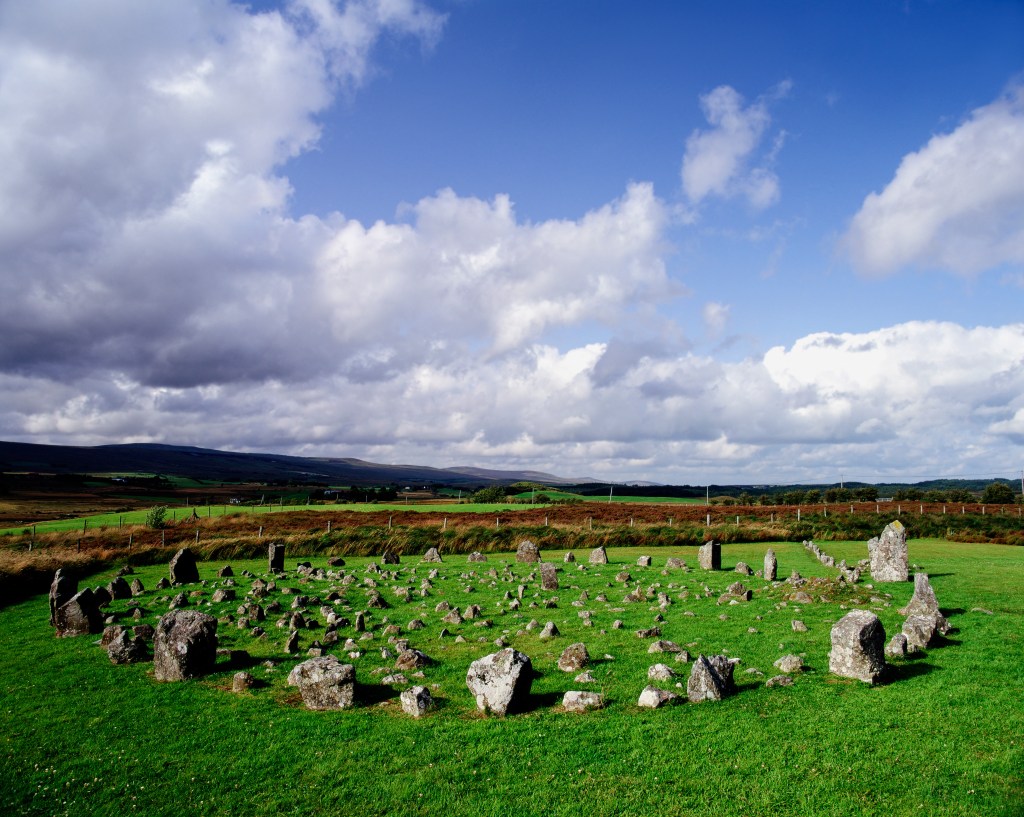
The Beaghmore Stones mark what could have been a Bronze Age community. The Beaghmore Stones consist of more than 1,200 stones arranged in concentric circles, rows, and stacked into cairns. Since then, archaeologists have discovered flint tools and other clues that the druids once ruled over the area.
It’s believed that Celtic peoples were tearing down the local forest to create farmland at the time of its construction. That’s about all we know, or suspect, about its origins.
